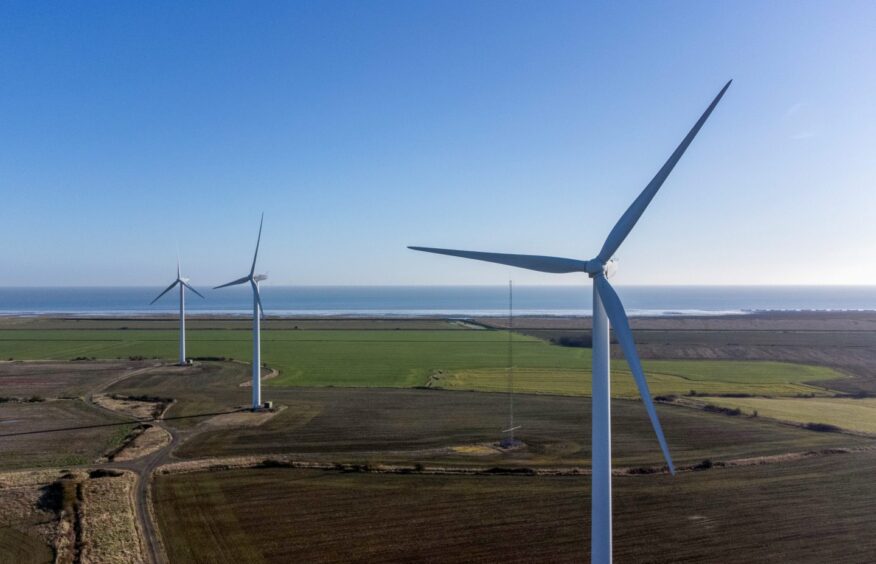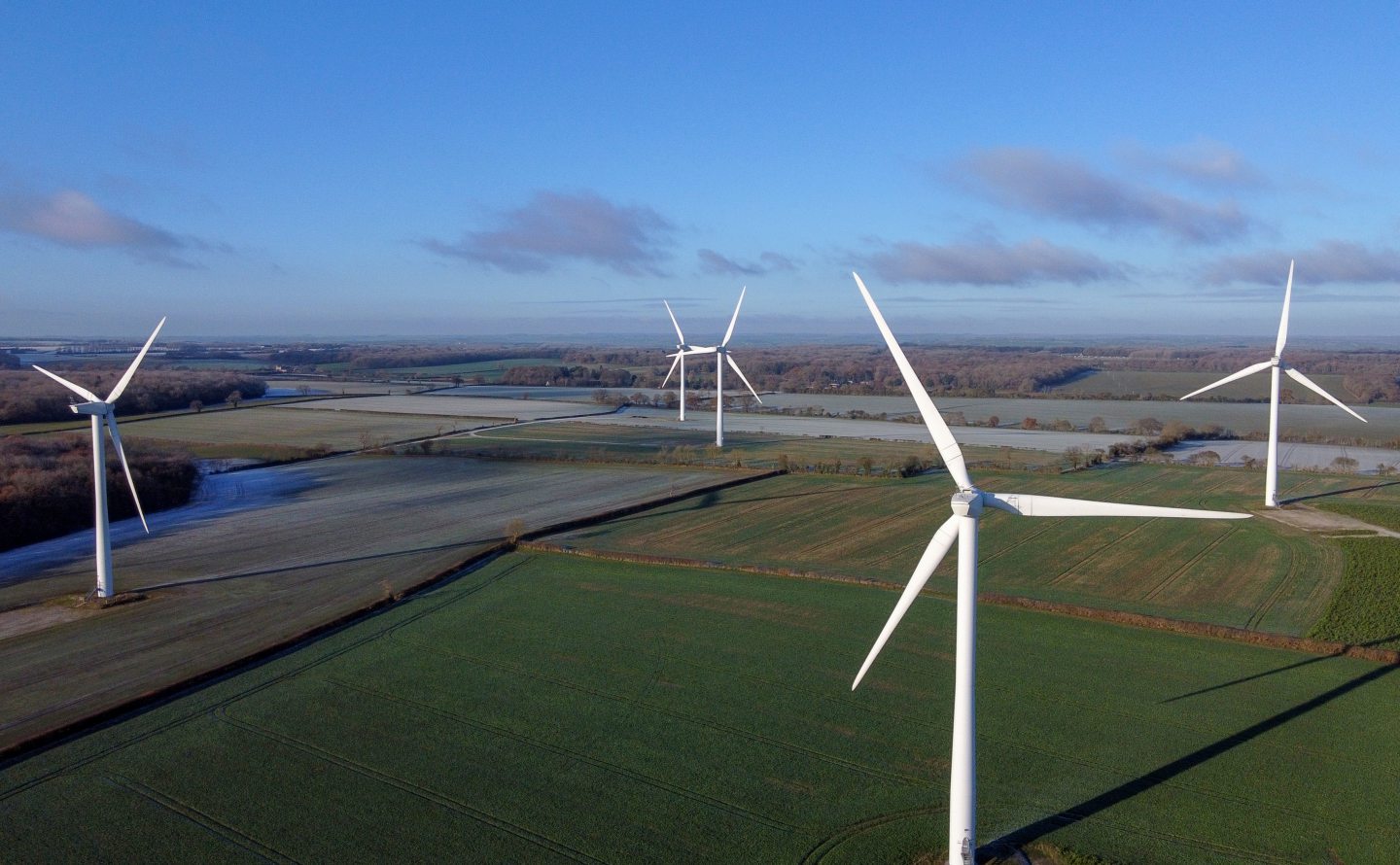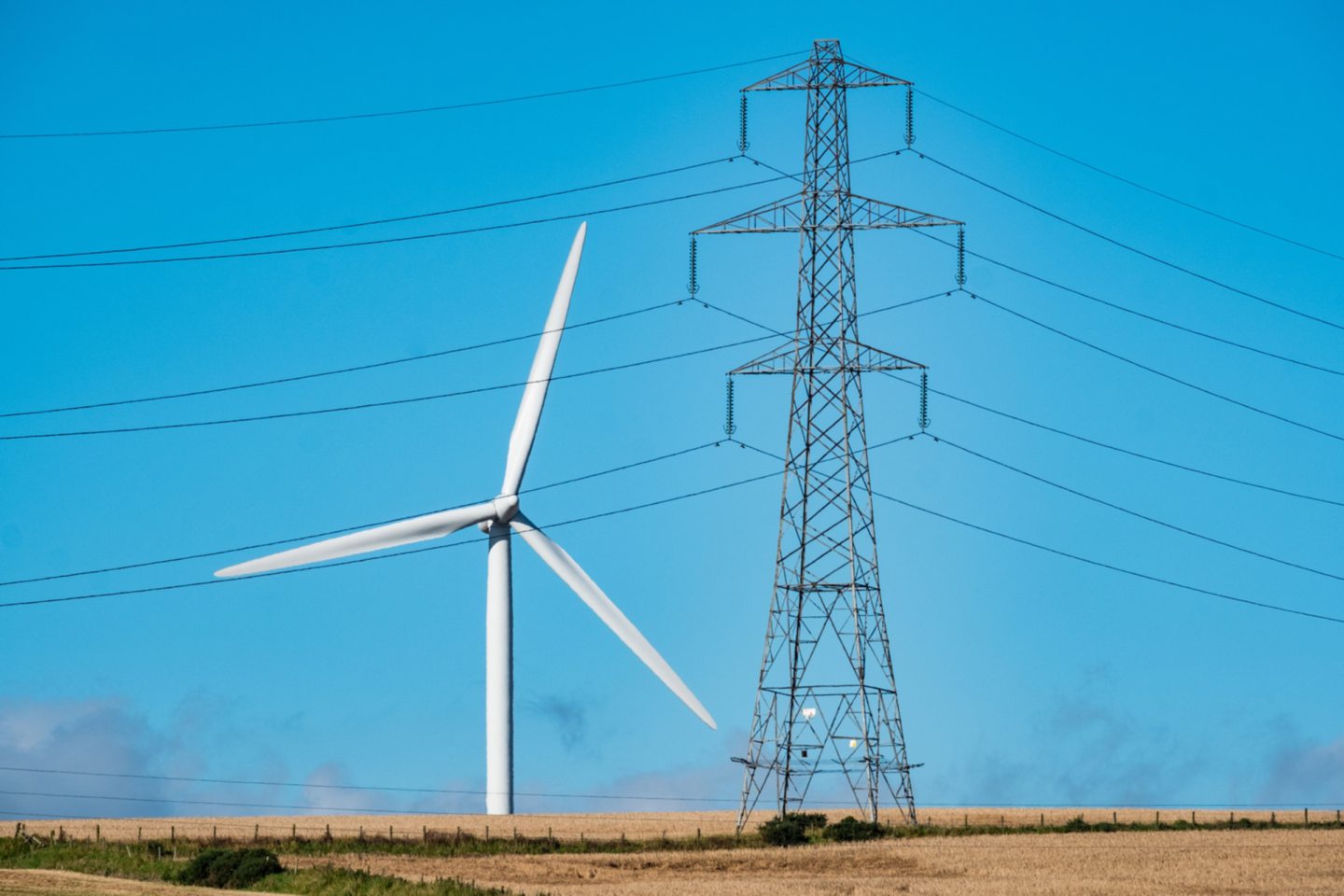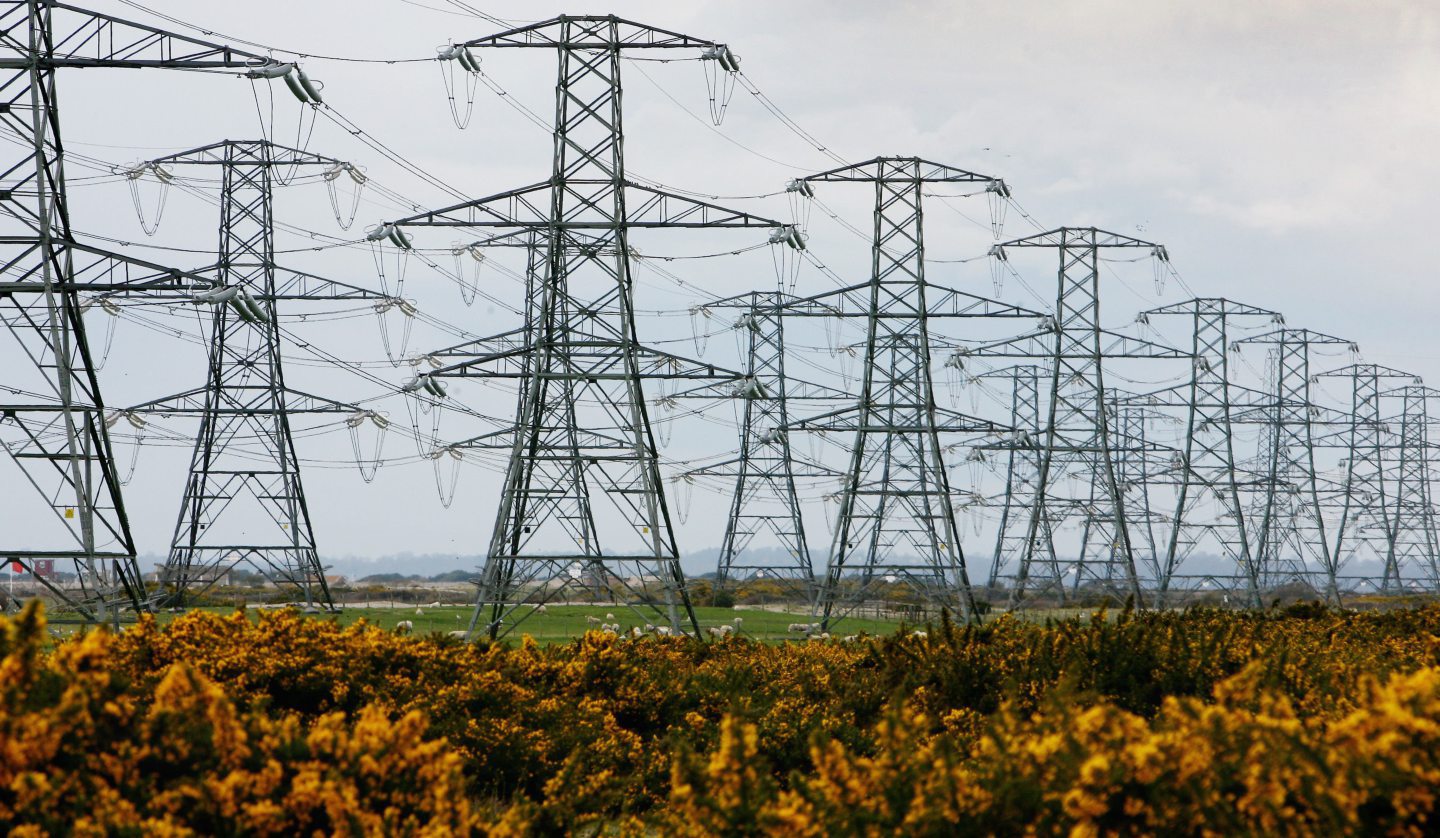
The new UK government wasted no time in lifting the moratorium on onshore wind development in England, in what is being hailed as a watershed moment for the renewables sector across the UK, writes RSK Renewables Director Kit Hawkins, but there are other hurdles to tackle before the sector can emerge from its decade-long hibernation.
The de facto ban found its roots in footnotes to the National Planning Policy Framework (NPPF), which applied solely to onshore wind and effectively meant that any development had to demonstrate almost overwhelming proof that there was no opposition locally before it could proceed.
This was almost impossible, given that virtually any development can give rise to divided opinions.
The new government moved quickly on its first Monday in office to immediately remove these footnotes, bringing onshore wind in England onto a level playing field with other renewable energy technologies, as well as other infrastructure.
So, onshore wind is back with a bang?
Well unfortunately, not yet – while the lifting of the de facto ban has been almost universally welcomed by the industry and much of society (the trade association RenewableUK suggests that support among the UK public for onshore wind currently sits at around 78%), hurdles remain.
Like all forms of power generation, grid capacity remains a massive issue for a resurgence in onshore wind.
There is currently an estimated 400 GW of renewable energy in the queue for a connection to the grid, with over 40% of those grid connection dates being past 2030 (meaning that those projects are therefore unlikely to contribute to the UK’s 2030 targets).
In our work with onshore developers, grid connection offers of 2035–2038 are now routine, creating a significant limiting factor to the deployment of renewable energy.
Much of this delay is caused by an increase in “zombie applications” – in which developers reserve grid capacity before they’ve brought the project to financial close or achieved the necessary consents or land rights.
Ofgem started to take measures to resolve this last year, when it gave National Grid Electricity System Operator (ESO) the ability to remove the connection agreements from projects that were not progressing against their agreed milestones, with this applying to all projects having a connection date after November 2025.
The adoption of TMO4+1 by ESO in 2024 brought in two gates that need to be met before a queue position and a confirmed connection date and location will be provided. The capacity freed up by the TMO4+ approach can then be used to offer better connection dates to existing projects that meet the Gate 2 criteria – hopefully allowing viable projects to connect much earlier than the mid-2030s.
In addition to this, the UK’s grid infrastructure needs updating, with it being anticipated that almost £60 billion needs to be spent to ensure that the grid infrastructure can meet the expected 2035 capacity demand.
This has been acknowledged, and the appropriately named Great Grid Upgrade aims to construct five times more transmission infrastructure in the next six years than in the last 30 years.
This more robust approach to eliminating zombie projects, coupled with the needed improvements to grid infrastructure, will go some way towards resolving this challenge and should the new government be serious about the green revolution, then this is a critical place to start.
So, once we sort the grid, it’s all guns blazing?
Unfortunately not (although we are getting there) – obtaining the necessary consents to build a project still remains a challenge.
Since 2016, in England, decisions on all onshore wind projects have been passed across to local planning authorities, while in Wales, Scotland and Northern Ireland, the size of a project determines which body makes the decision on an application for an onshore wind development.
As part of the policy update, the government announced that it would go further and set proposals for wider changes to support renewable energy development.
It also announced that there will be a consultation on bringing large onshore projects back into the Nationally Significant Infrastructure Project (NSIP) regime, to support quicker determination (projects over 50 MW were deemed to be NSIPs until 2016 and considered by the Planning Inspectorate instead of local planning authorities).
This latter point is key – bringing a strategic and national oversight to renewable energy will bring confidence back to the sector by providing a consistent approach to determination.
Given the need to strengthen our energy security and deliver enough capacity to support our national 2030 targets, may it even be worth reducing the NSIP threshold to 25 MW to allow a strategic and balanced approach to the development of new onshore projects?
That’s not to say that we should open the floodgates to unlimited development – communities must continue to be properly consulted about any new projects, including the wide range of benefits these projects could bring to local people.
Each project must continue to be supported by robust environmental impact assessment to ensure that our people, landscape, habitats and species are all given the right consideration.
As a sector, we need to learn from the mistakes of the past, and bring communities with us on our journey.
Home-grown energy has the potential to stabilise the cost fluctuations that have impacted so many of us over the last few years and could provide the UK with energy security in an increasingly uncertain world.
Giving greater certainty to our renewables sector is likely to bring significant investment and with it, the potential for job creation; skills-related constraints are particularly acute across all renewables technologies, and we need the next generation to know that there is a future in careers in renewables if we are to drive the wanted transition across the energy sector.
Yesterday’s announcements are likely to be a critical point in the future for onshore wind in the UK, but this is just the start of what is needed.
Let’s use that new-found optimism to make sure that we get it right this time.
Kit Hawkins is an RSK renewables director who began his career in the offshore wind sector almost 20 years ago.
 © Bloomberg
© Bloomberg © Supplied by SSEN Transmission
© Supplied by SSEN Transmission © PA
© PA